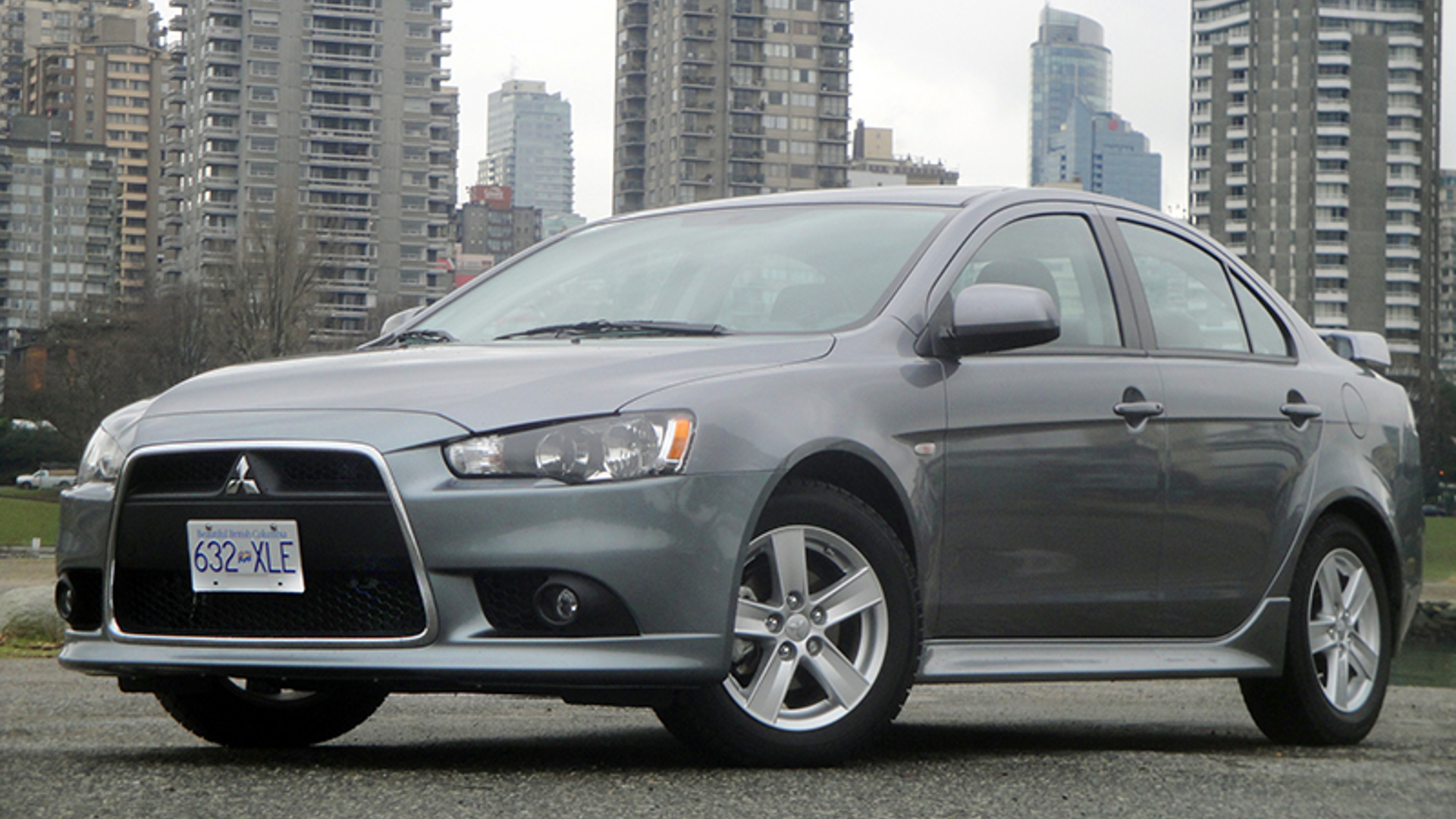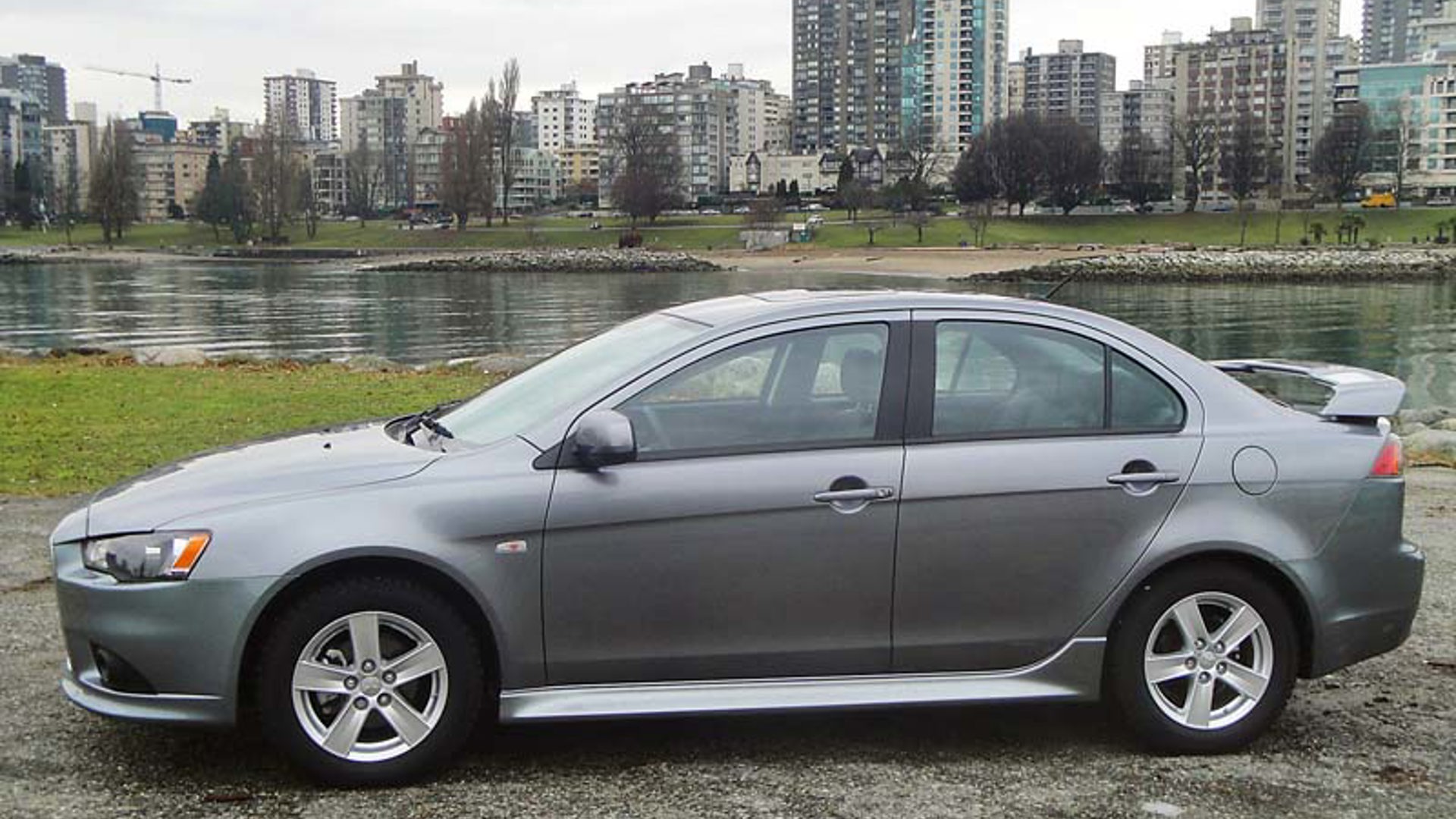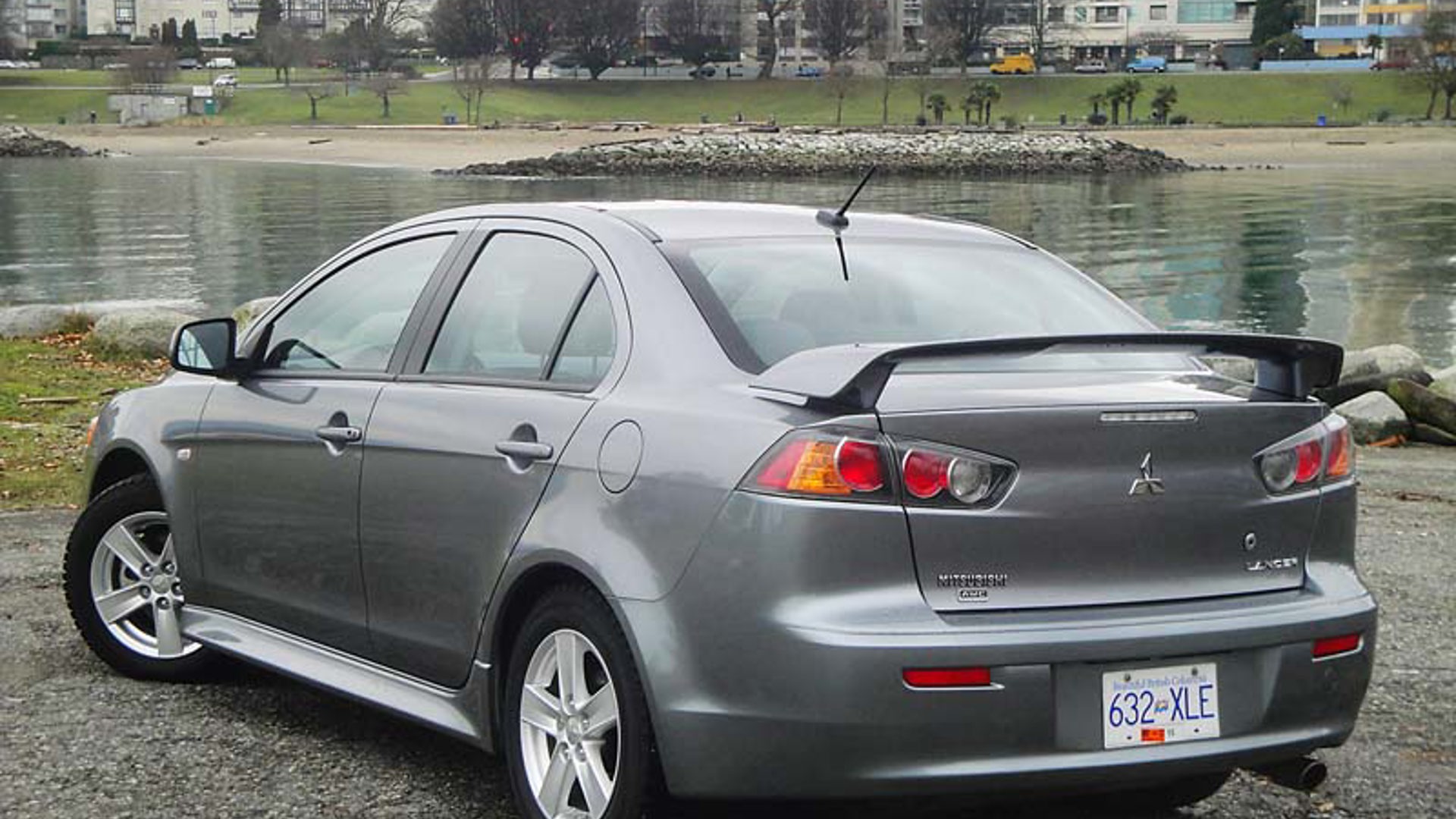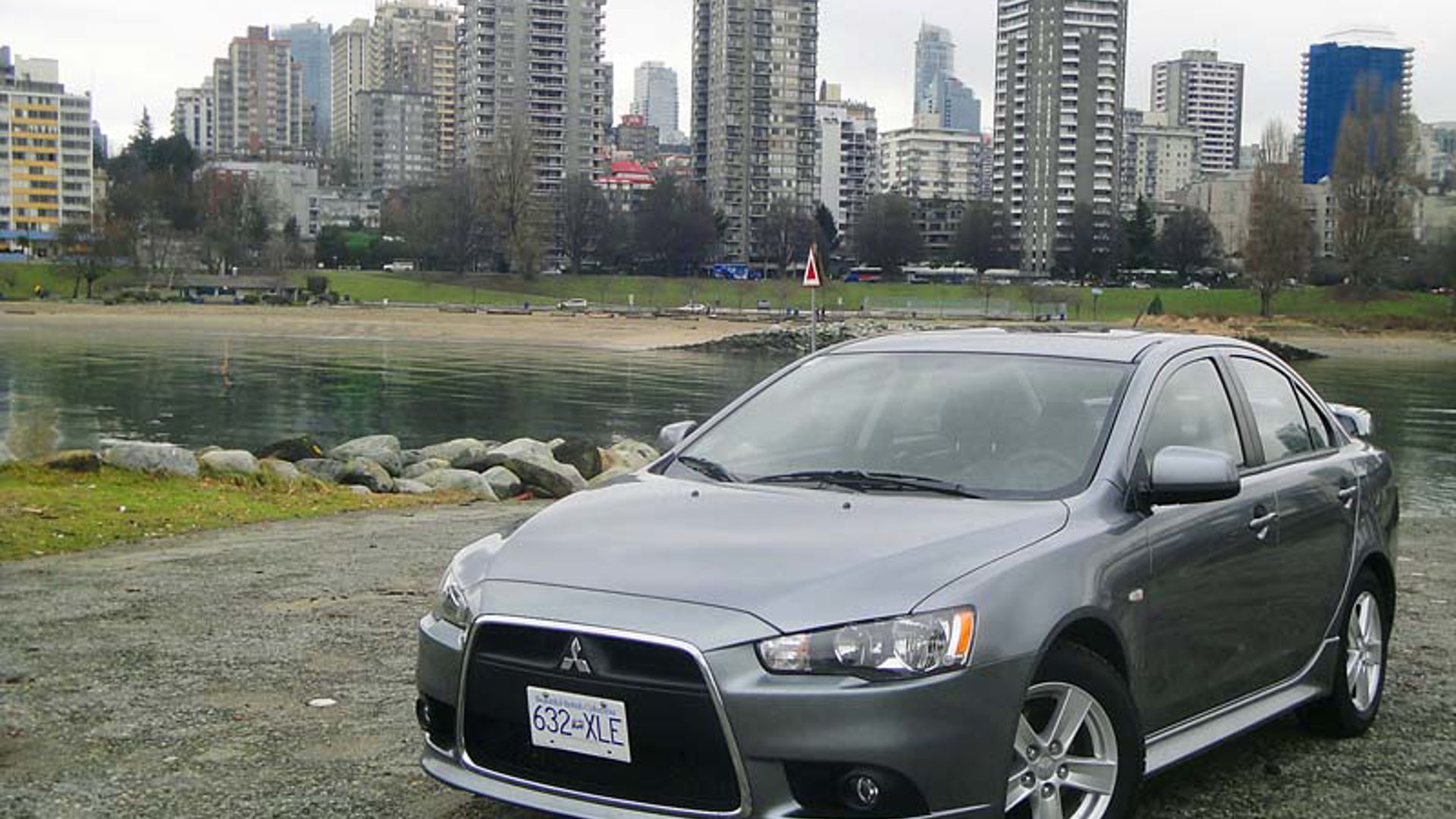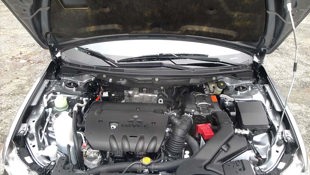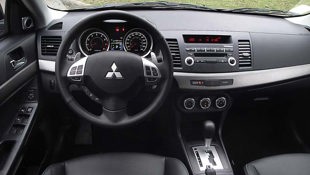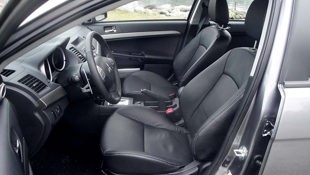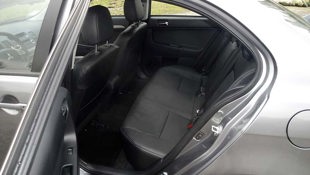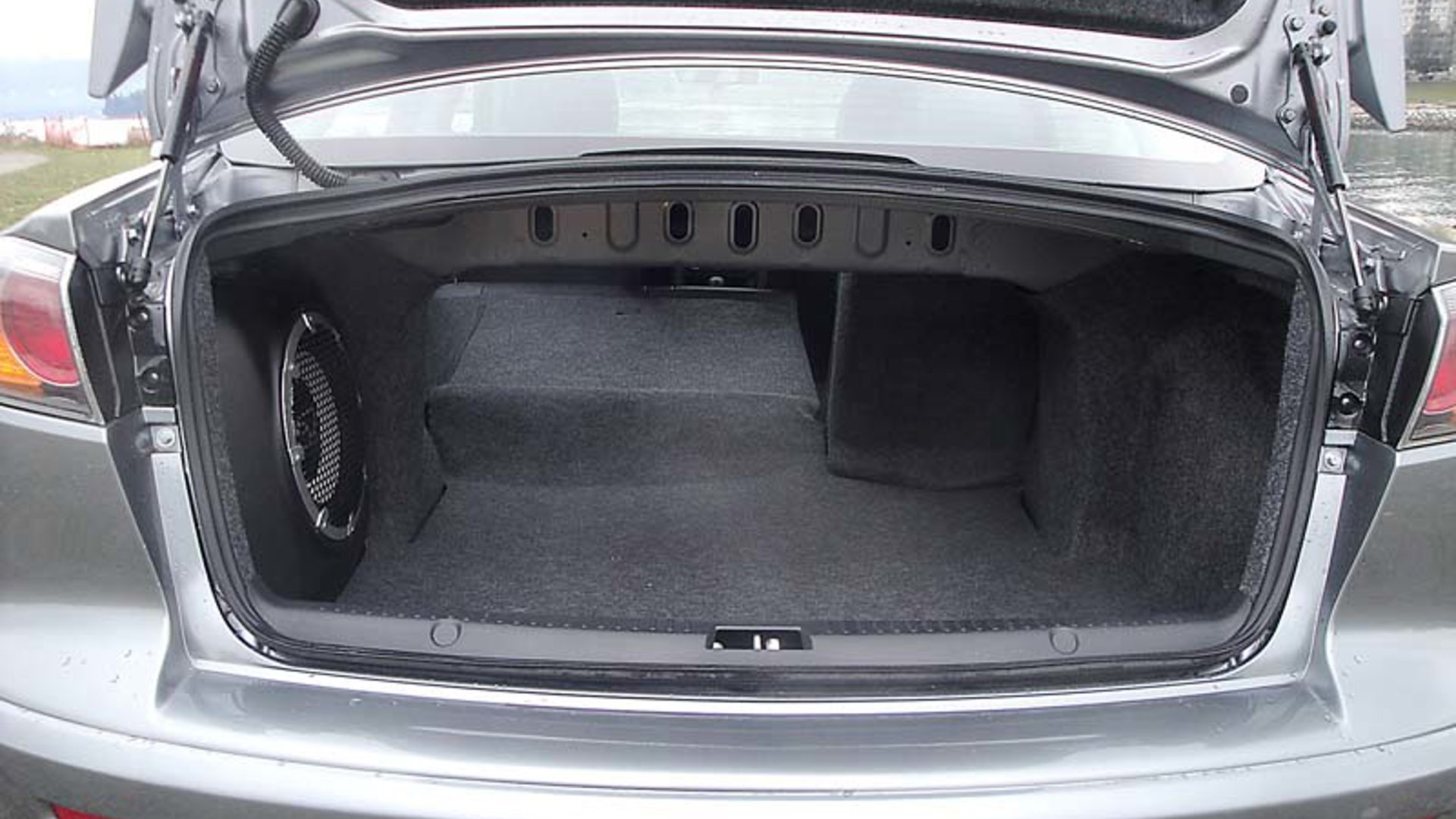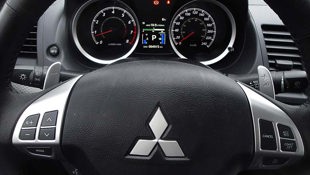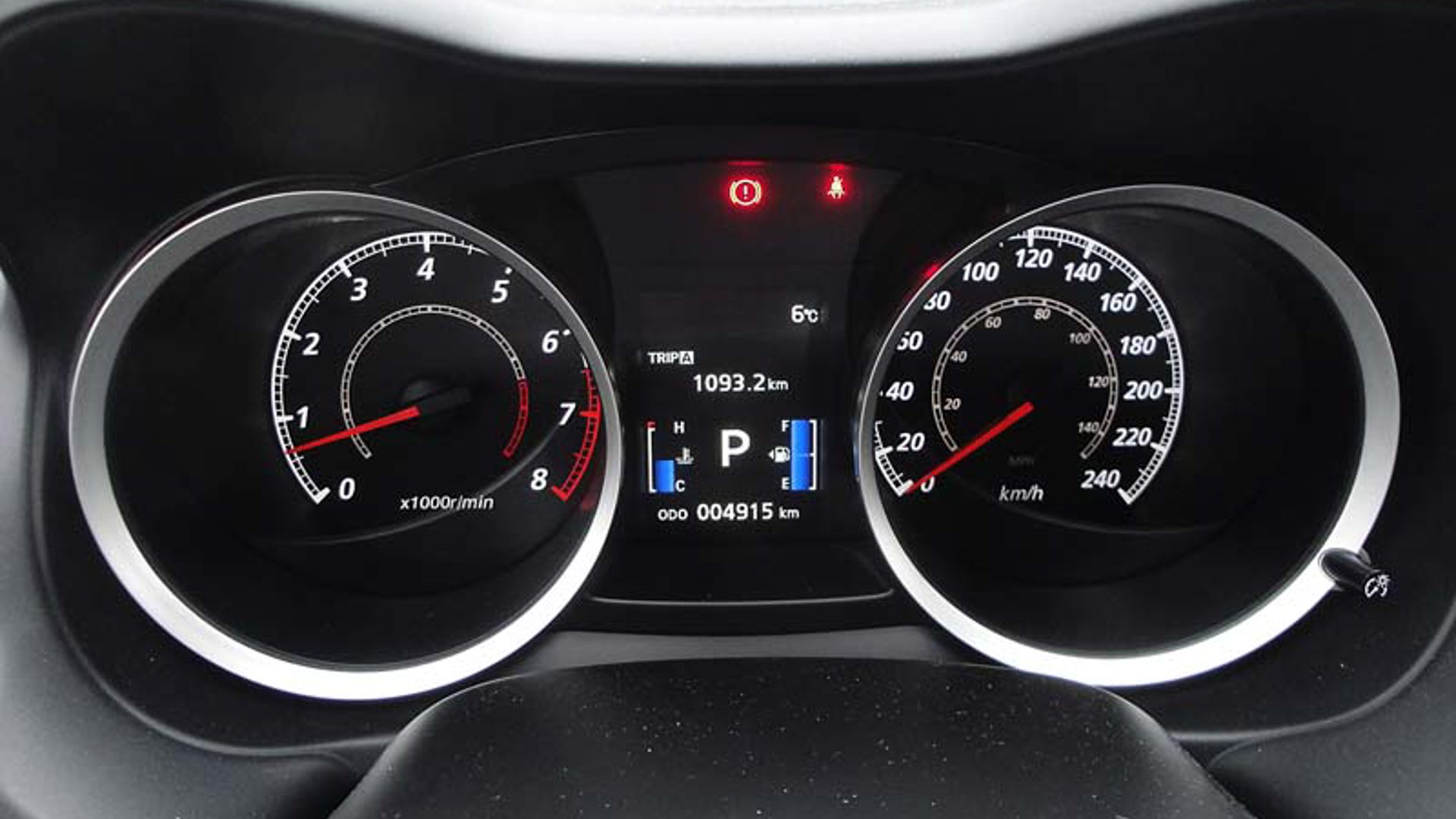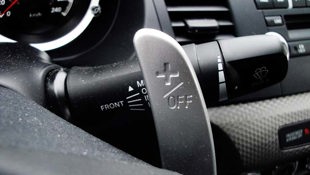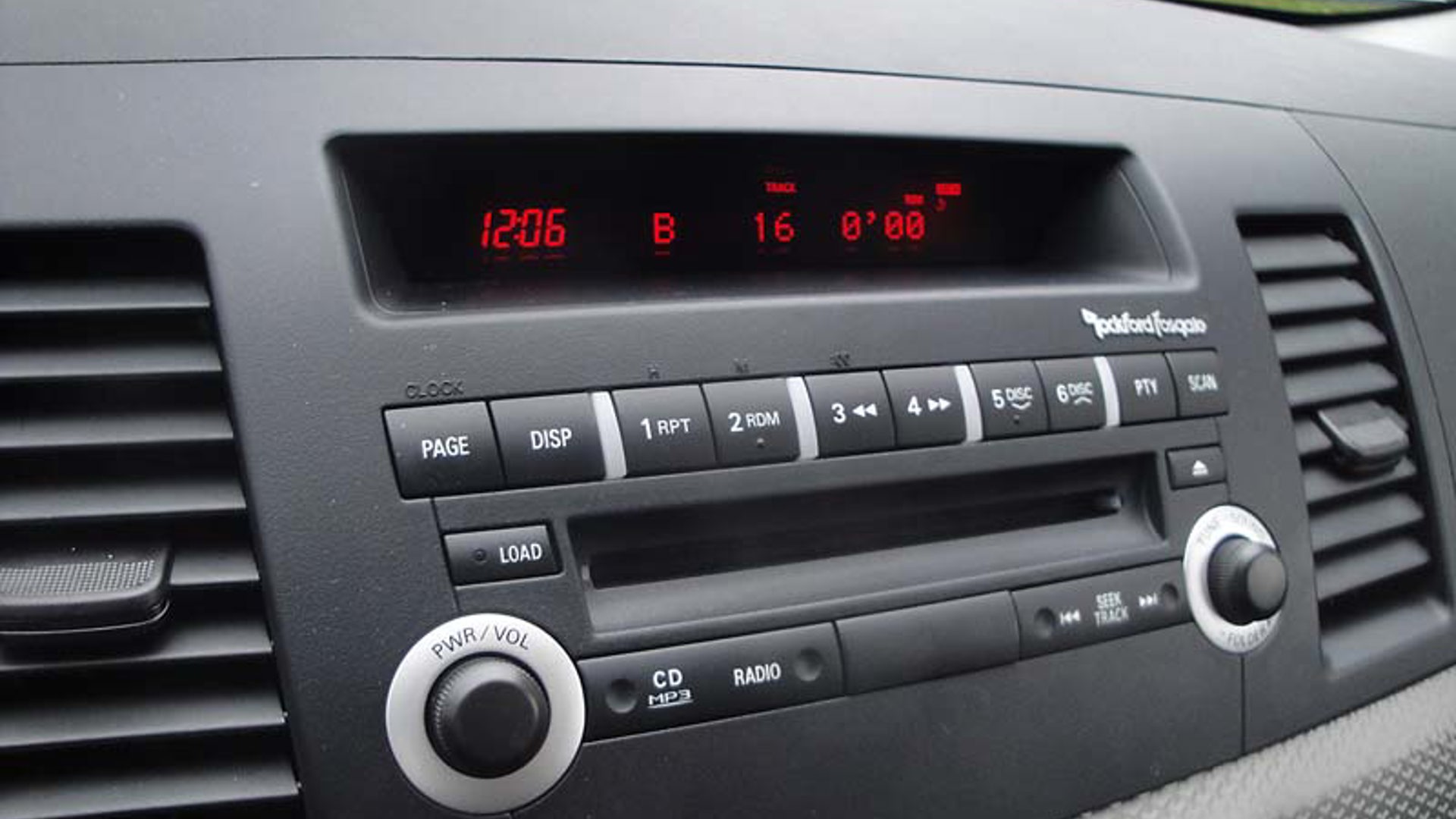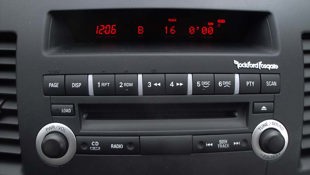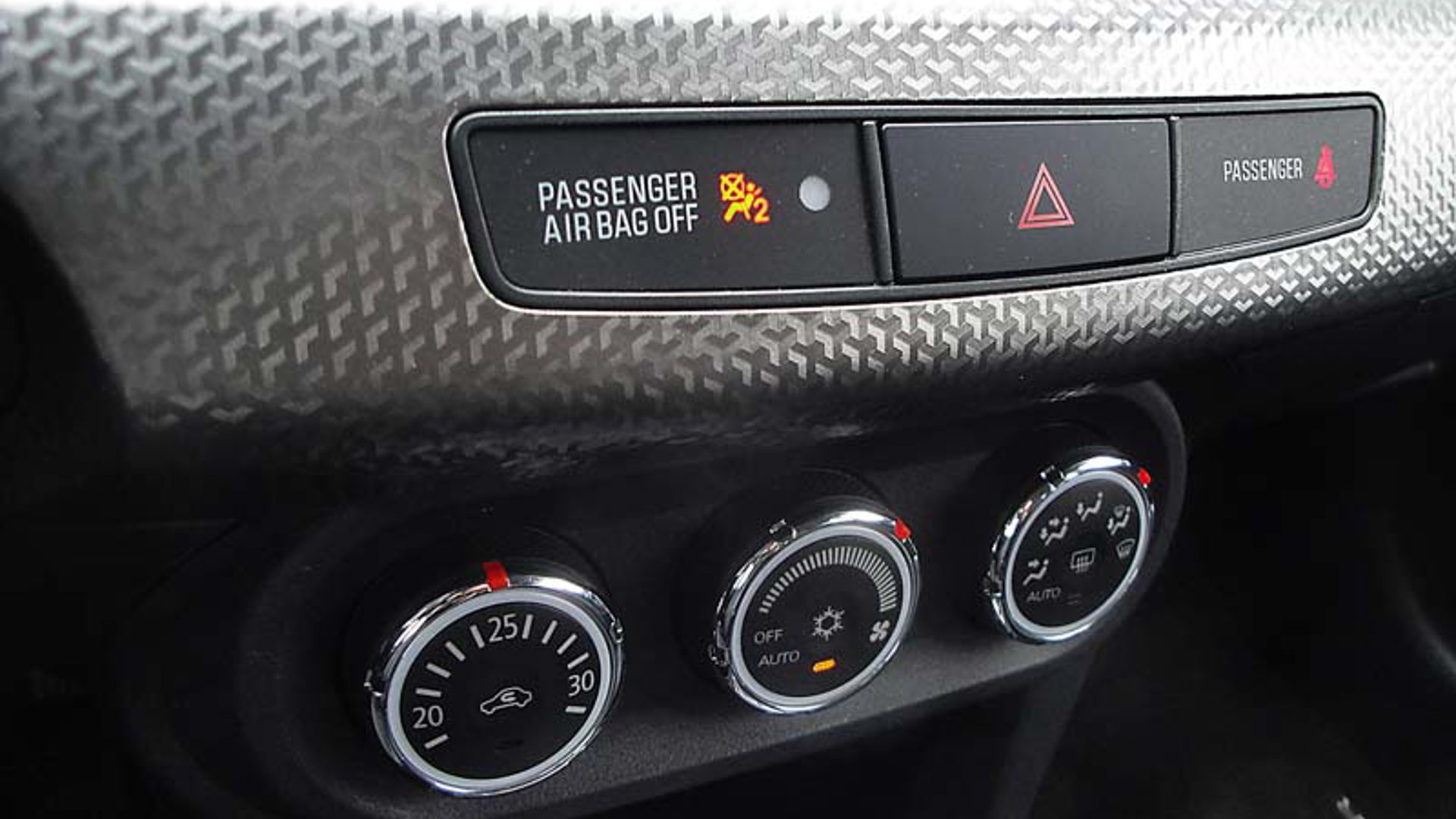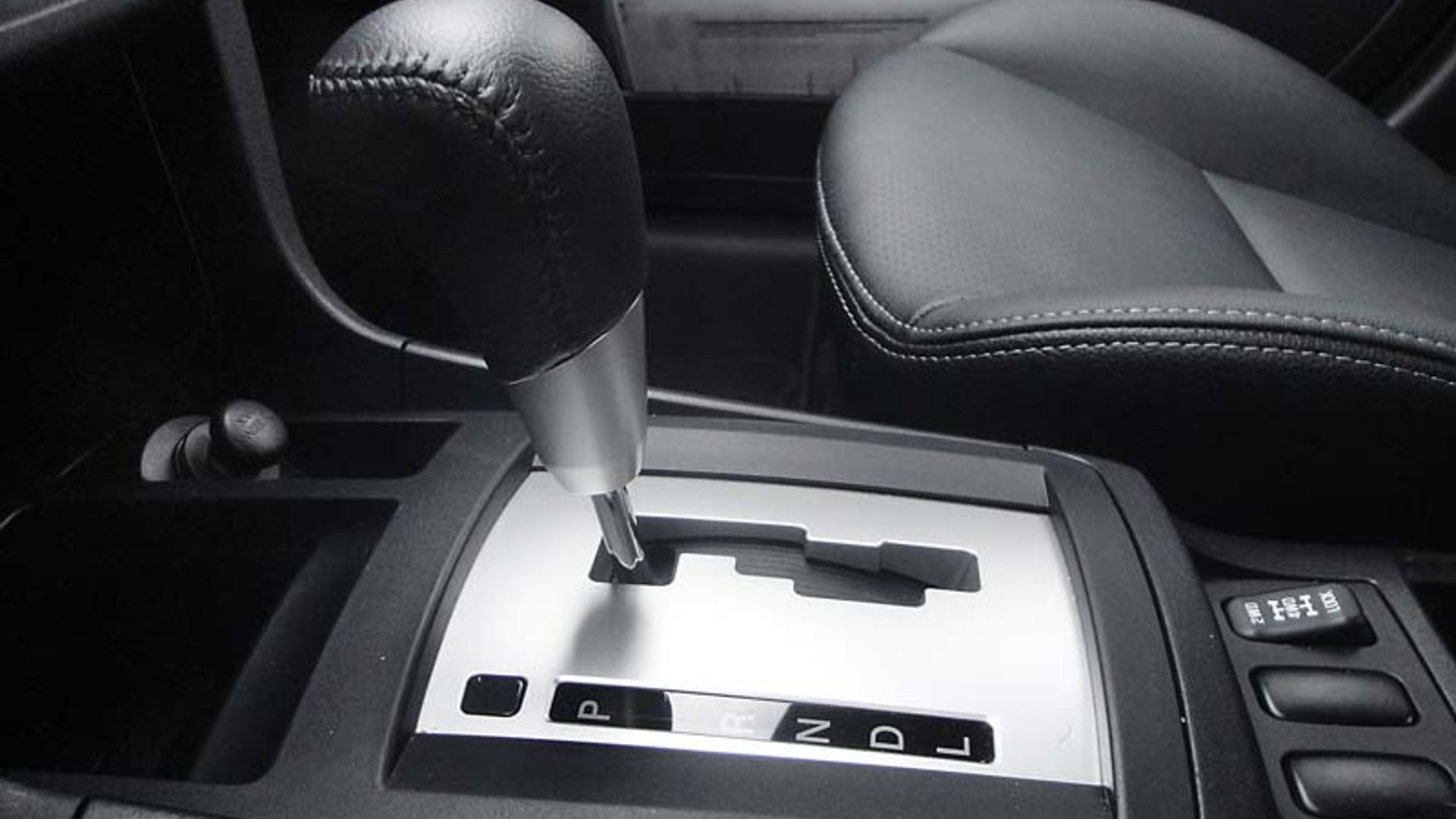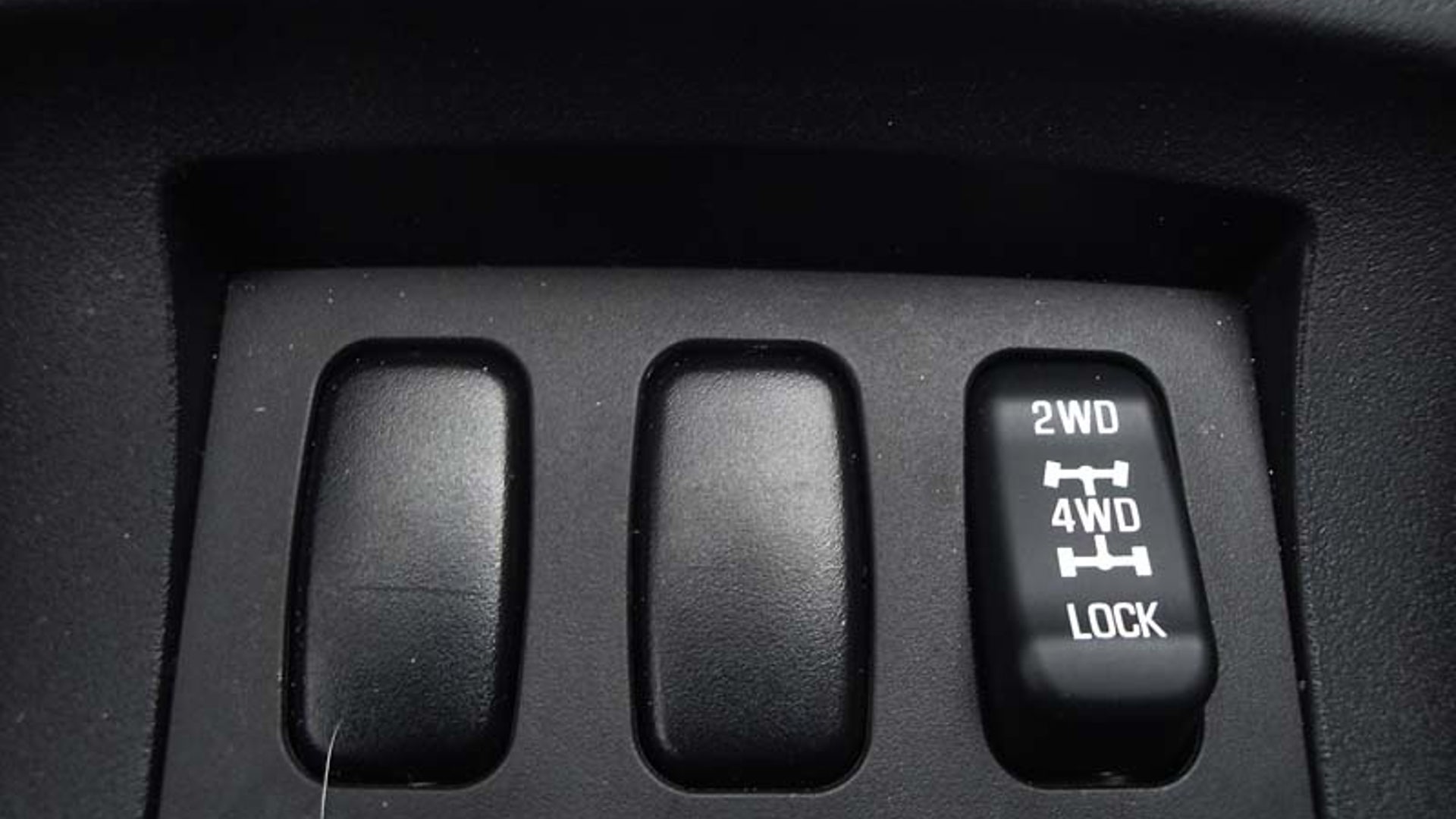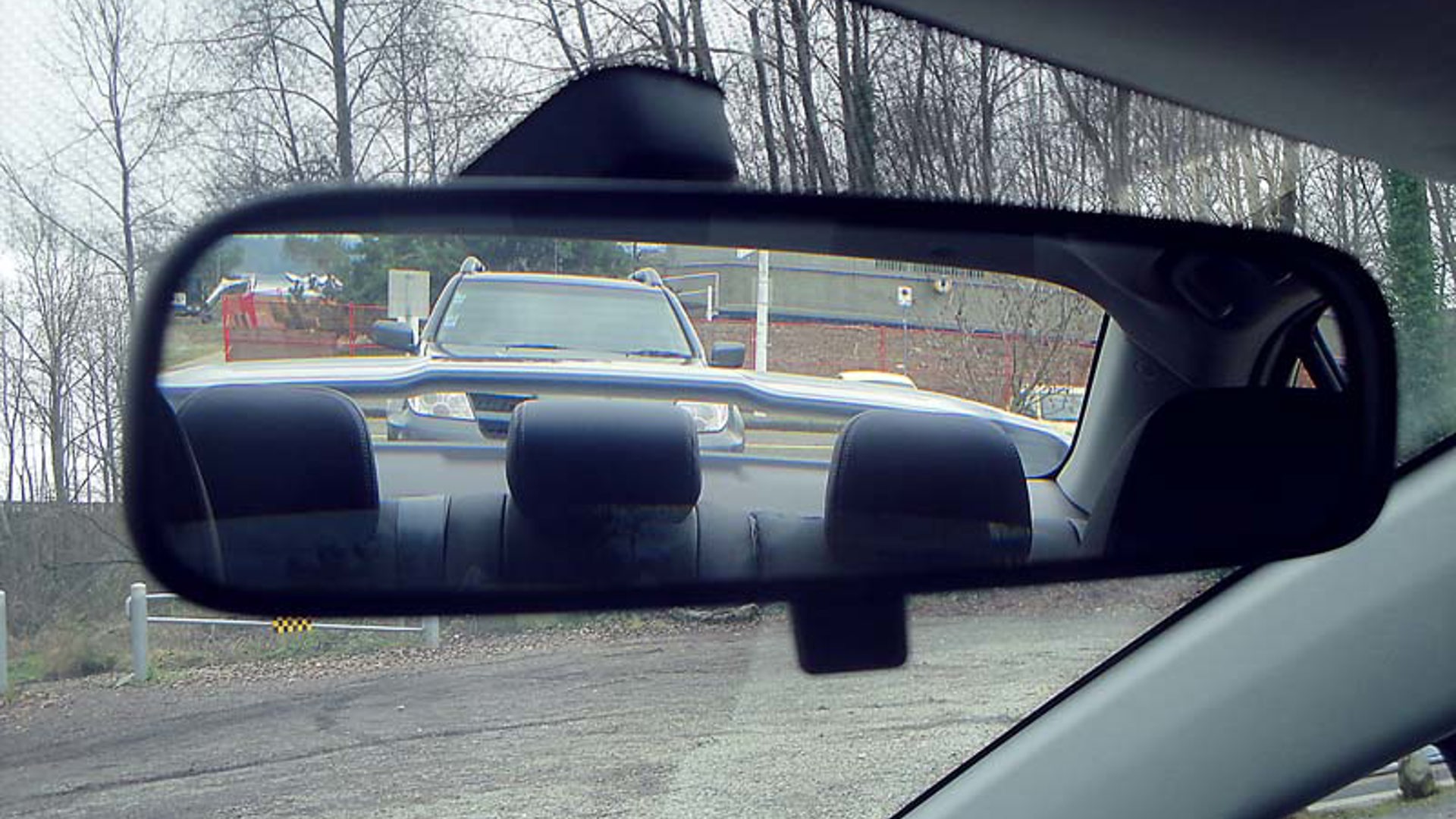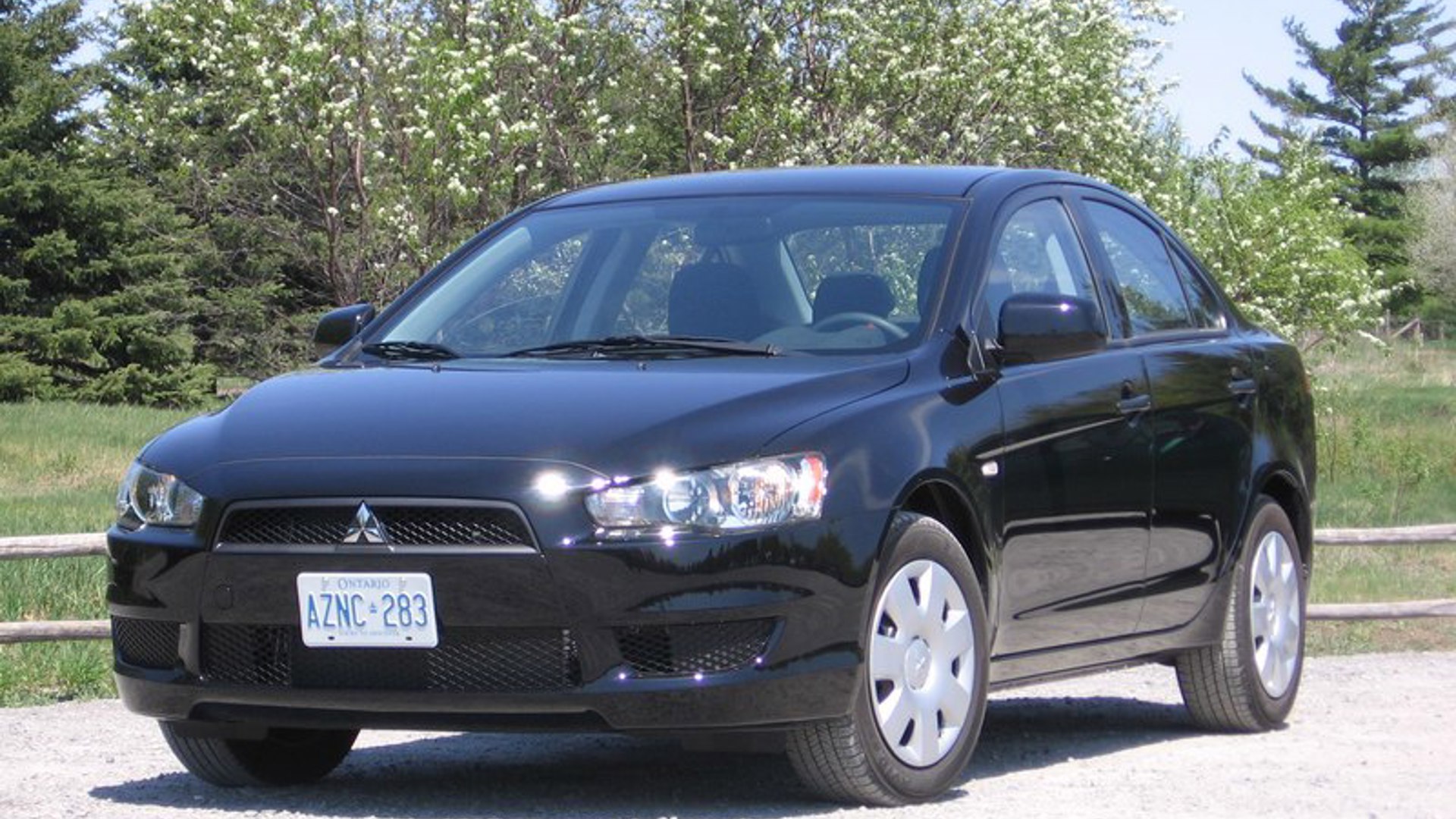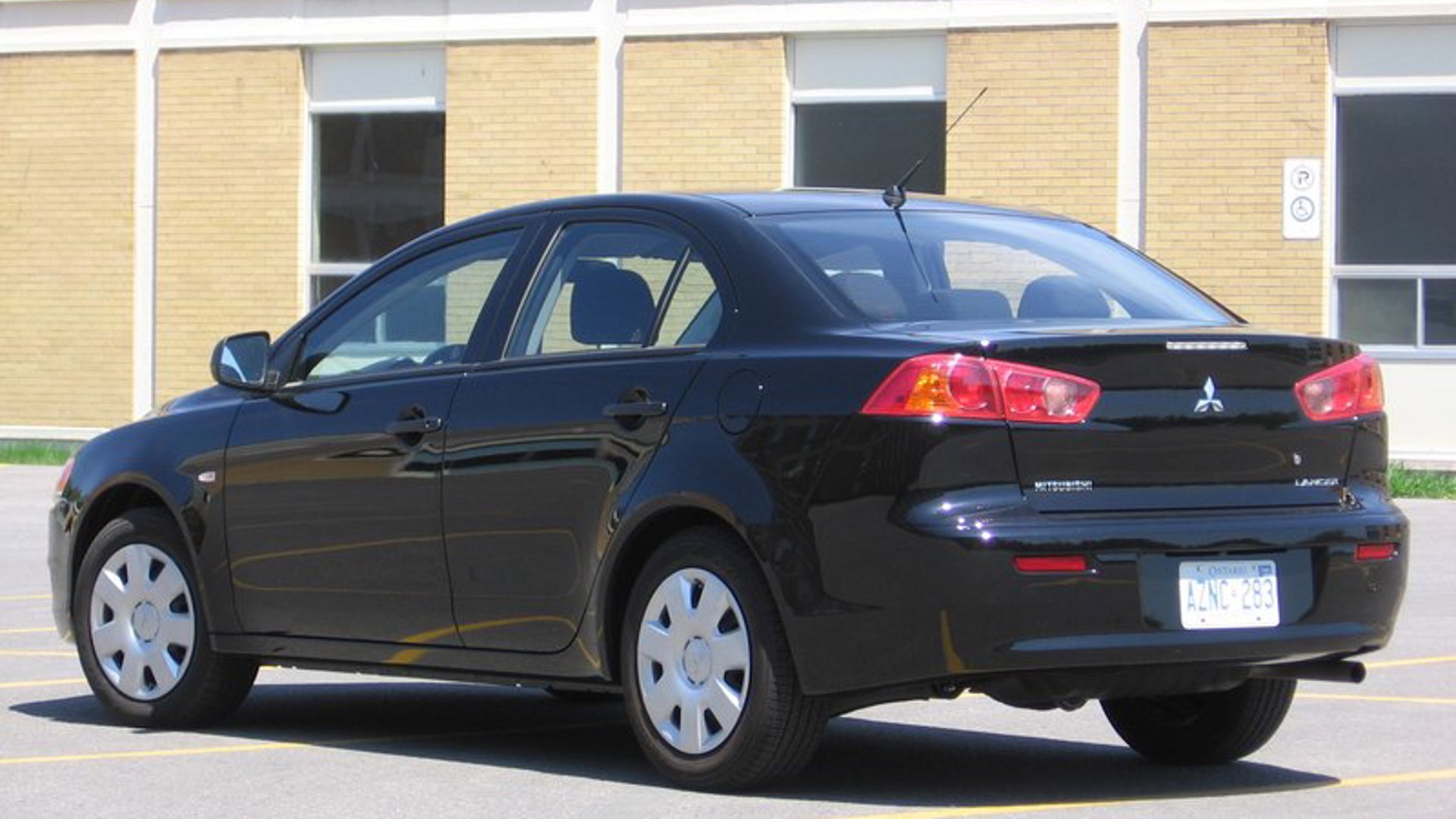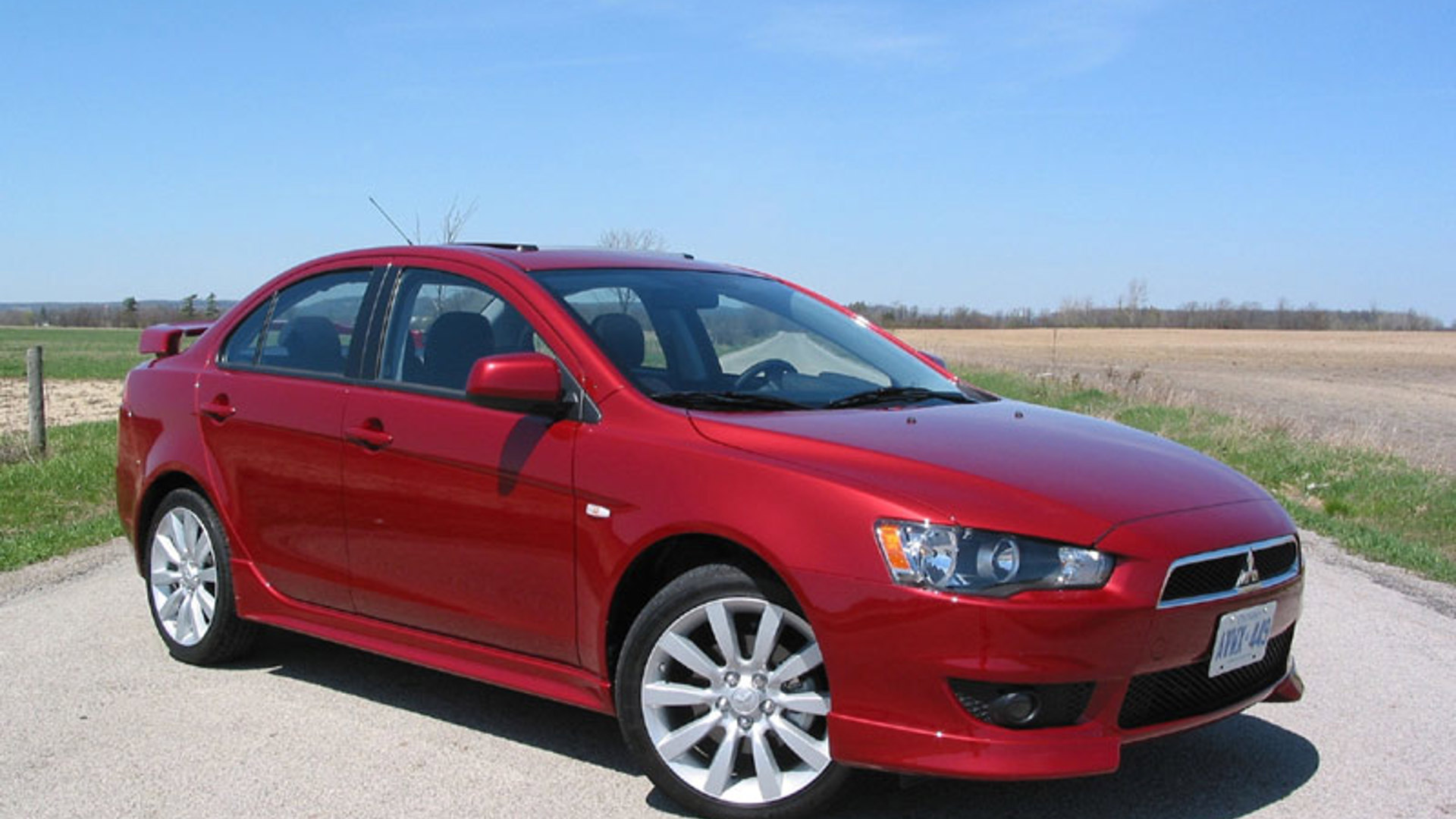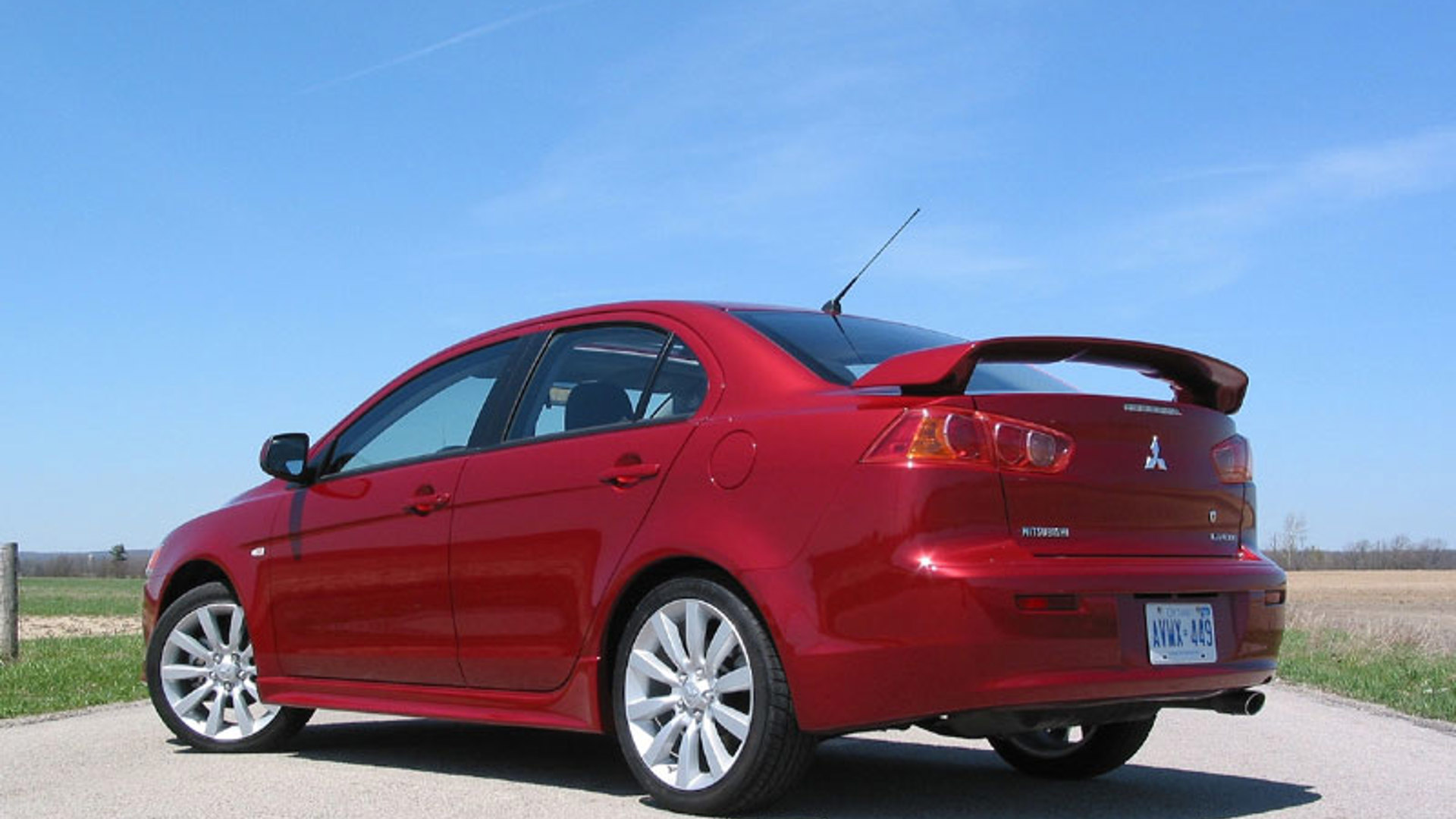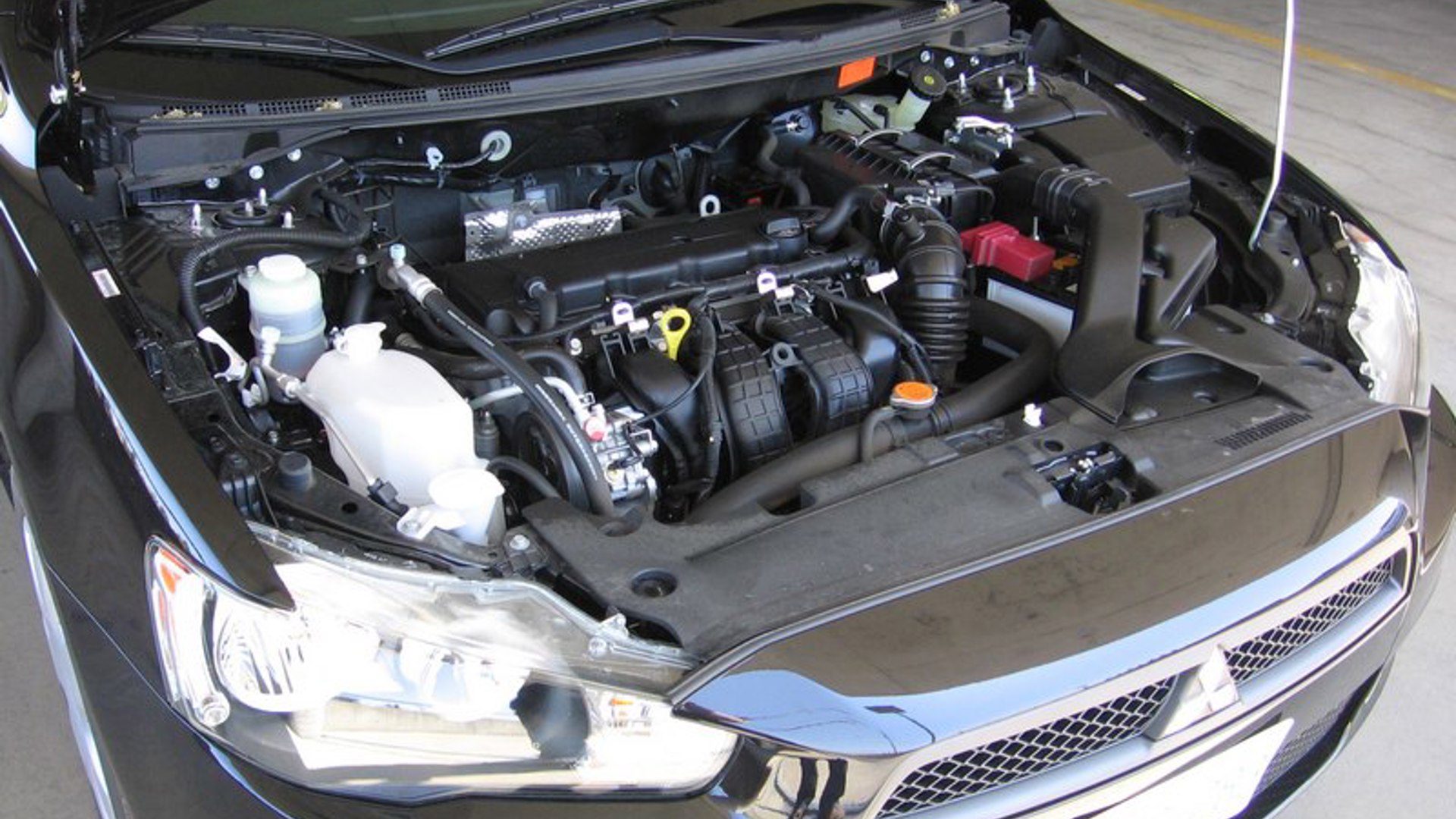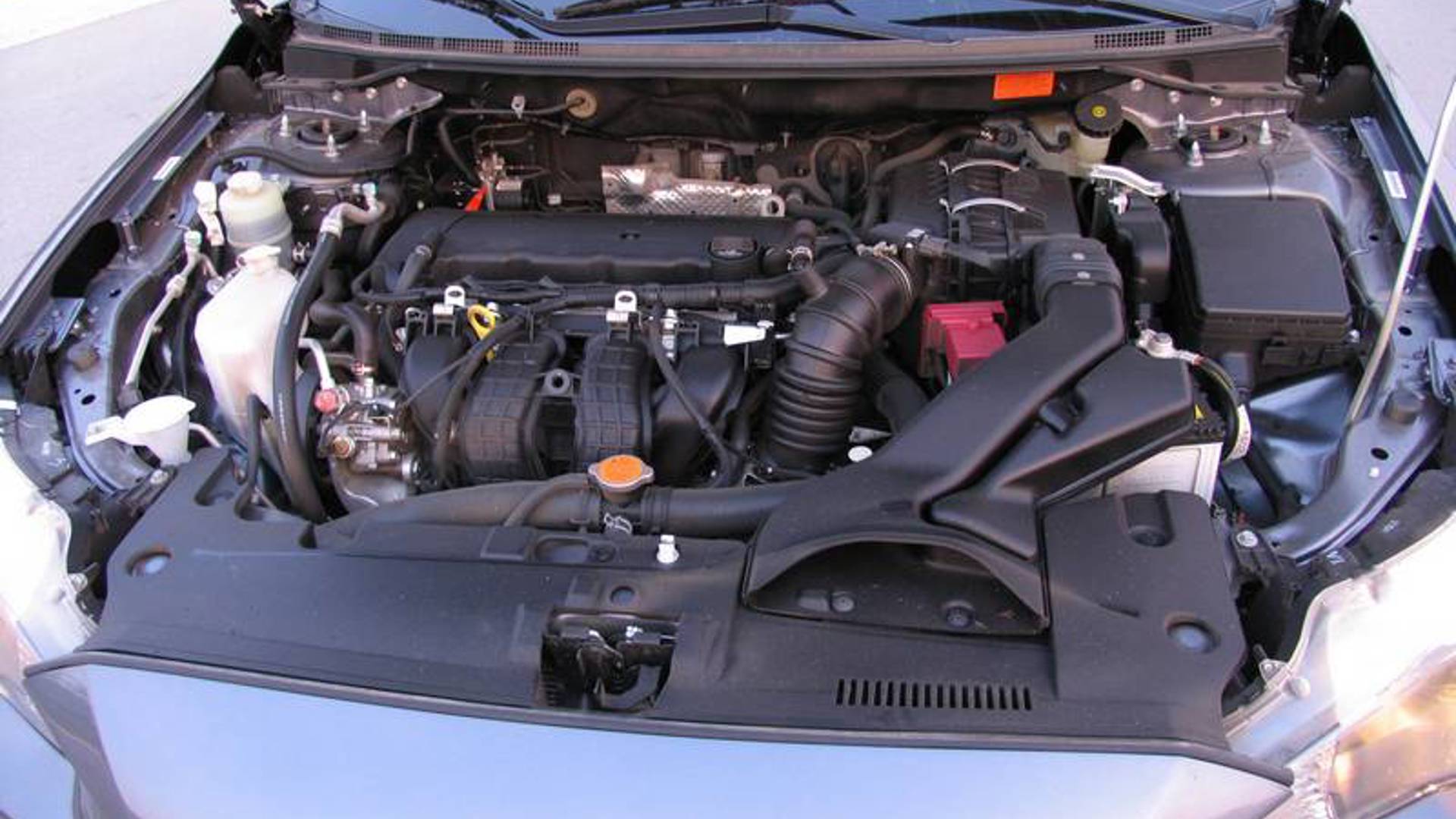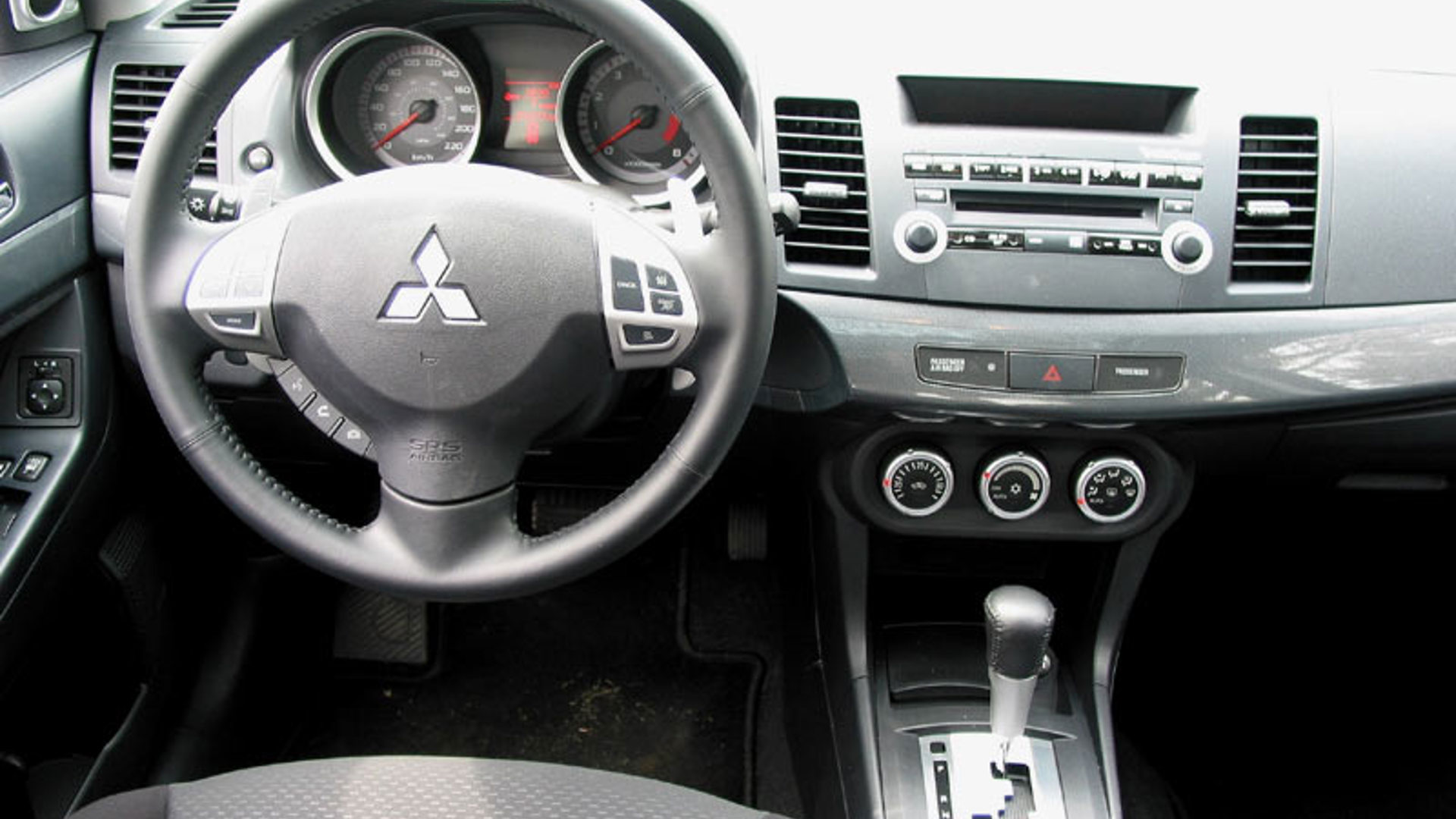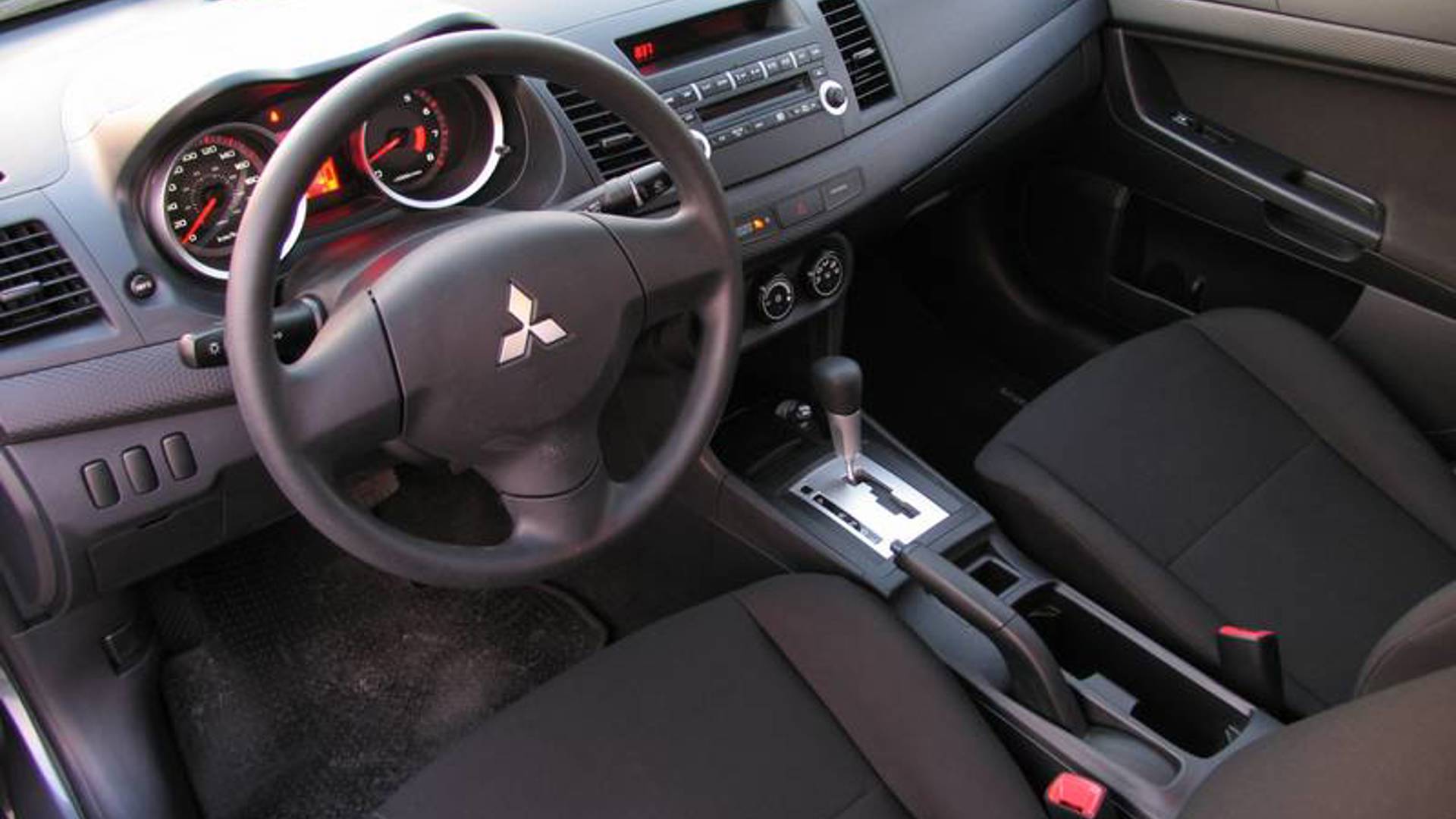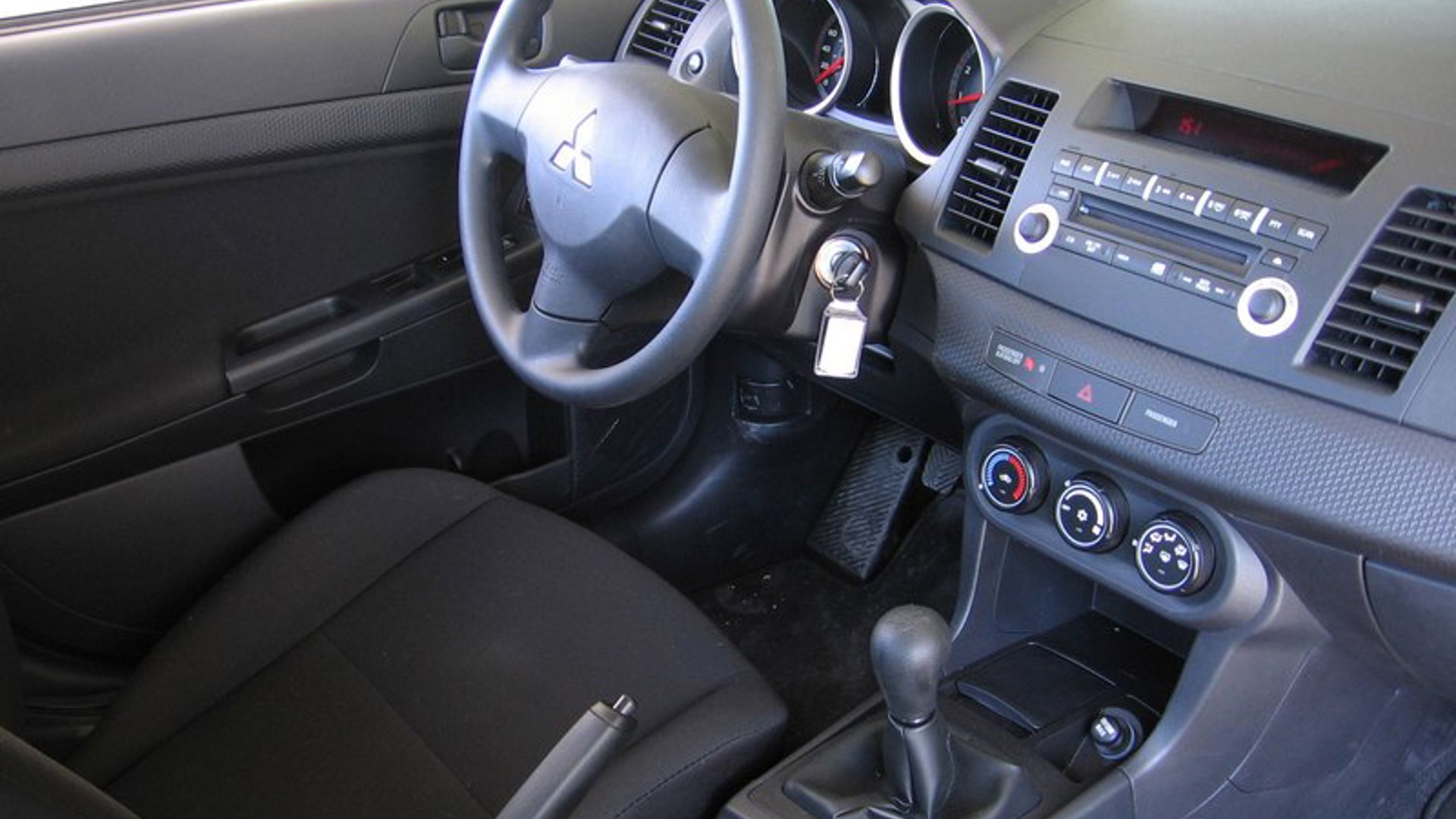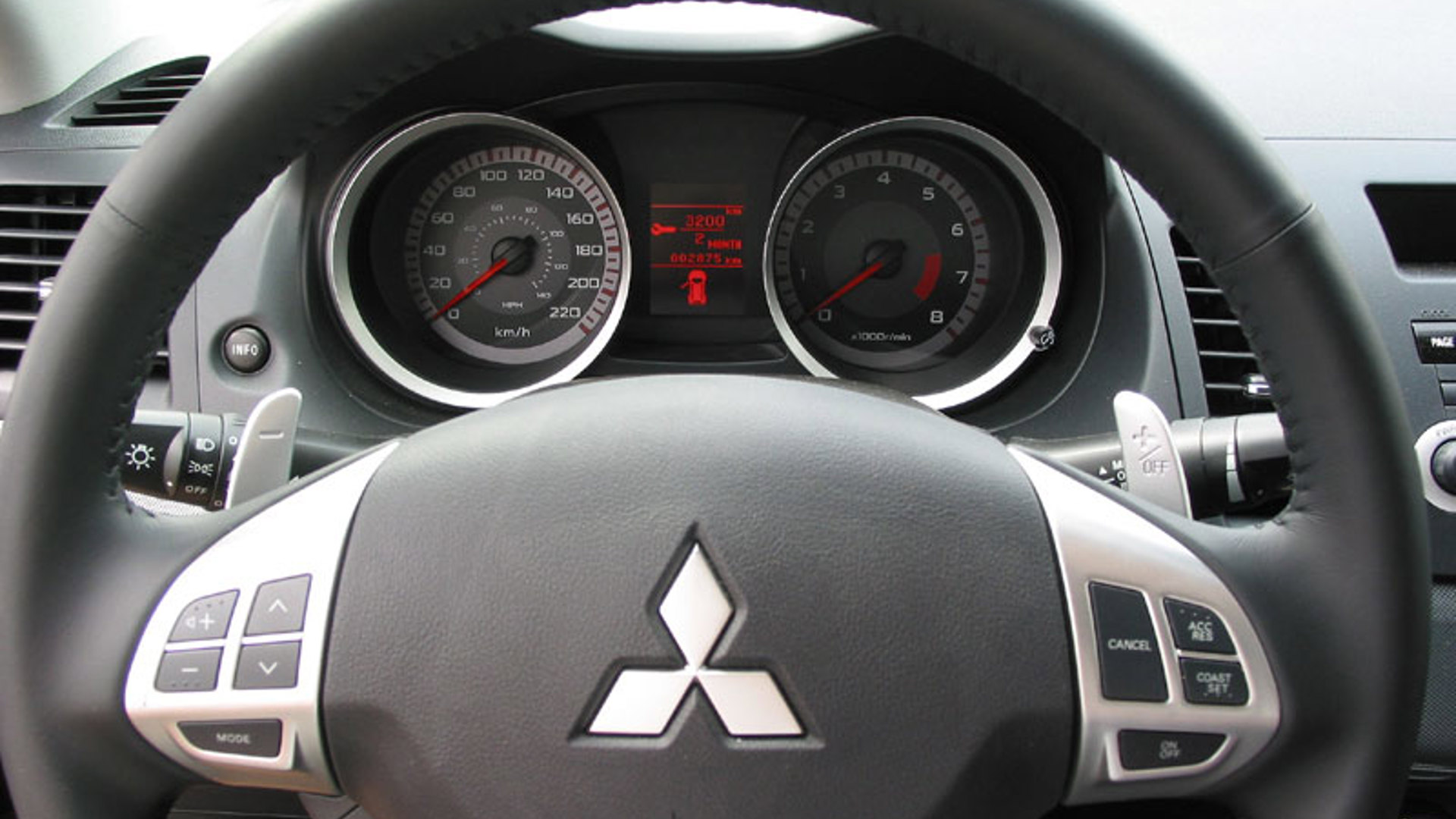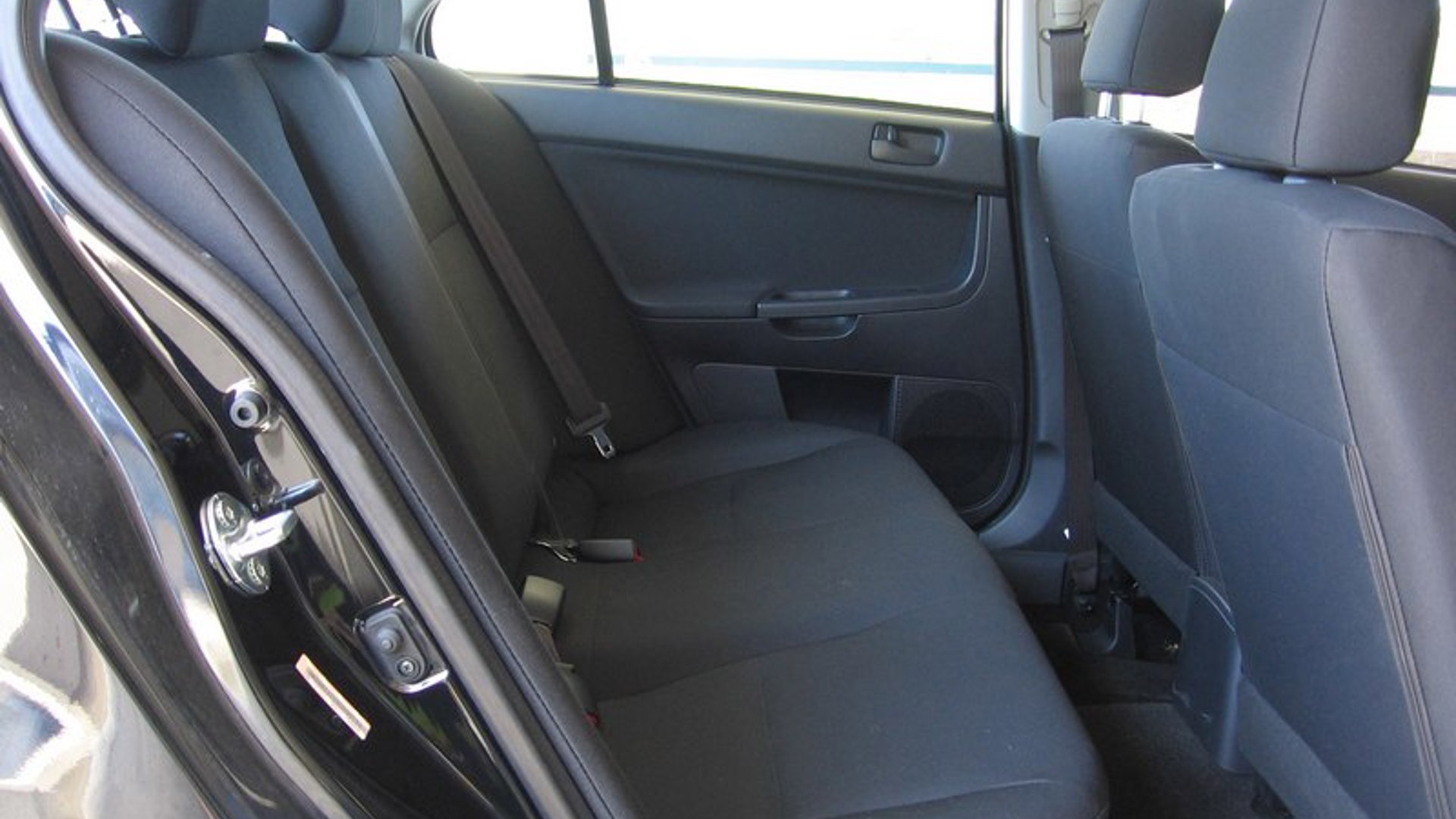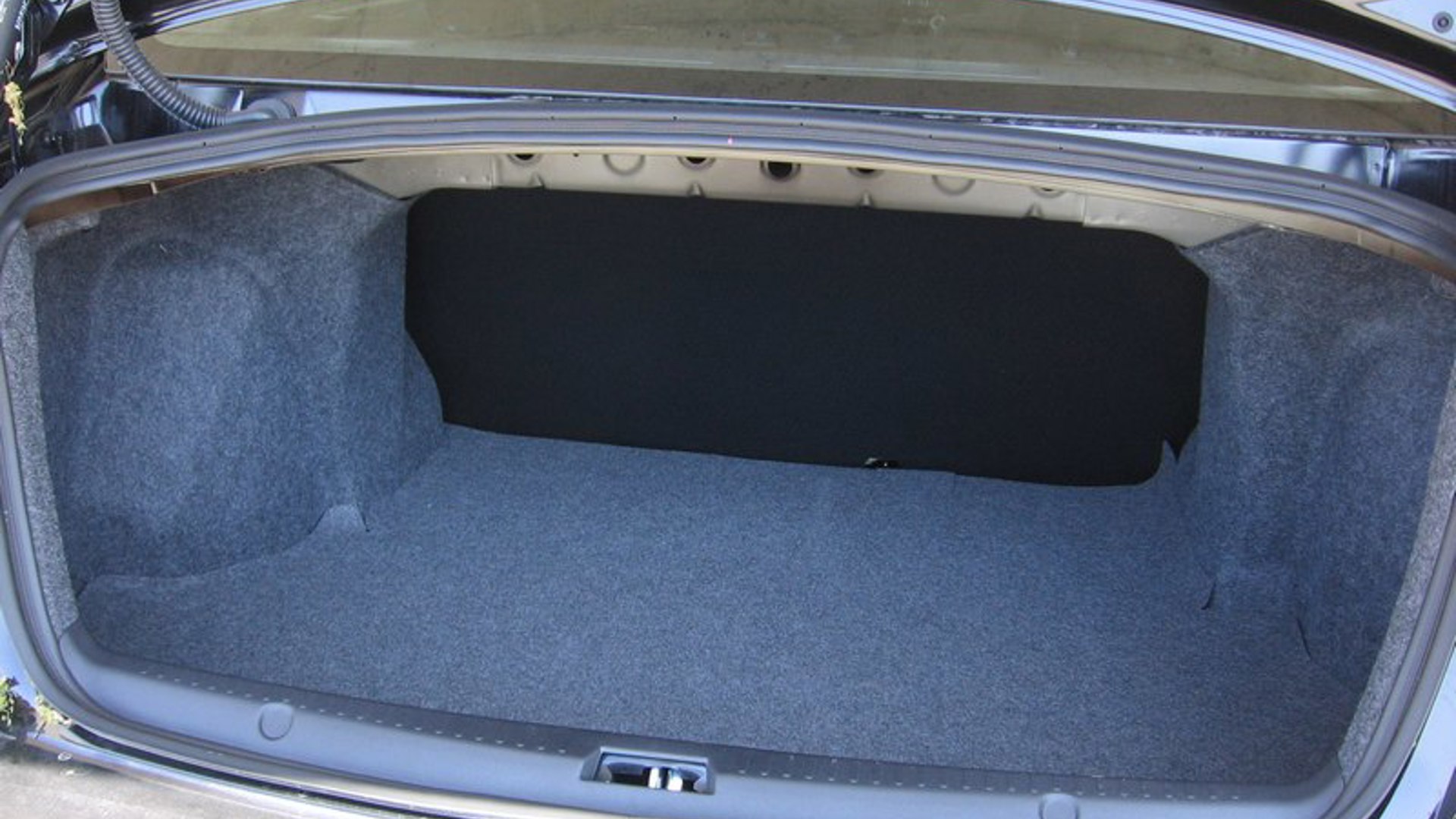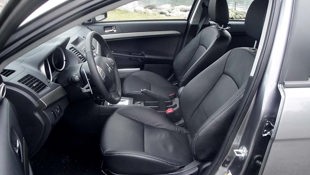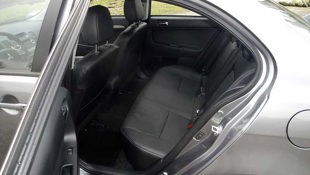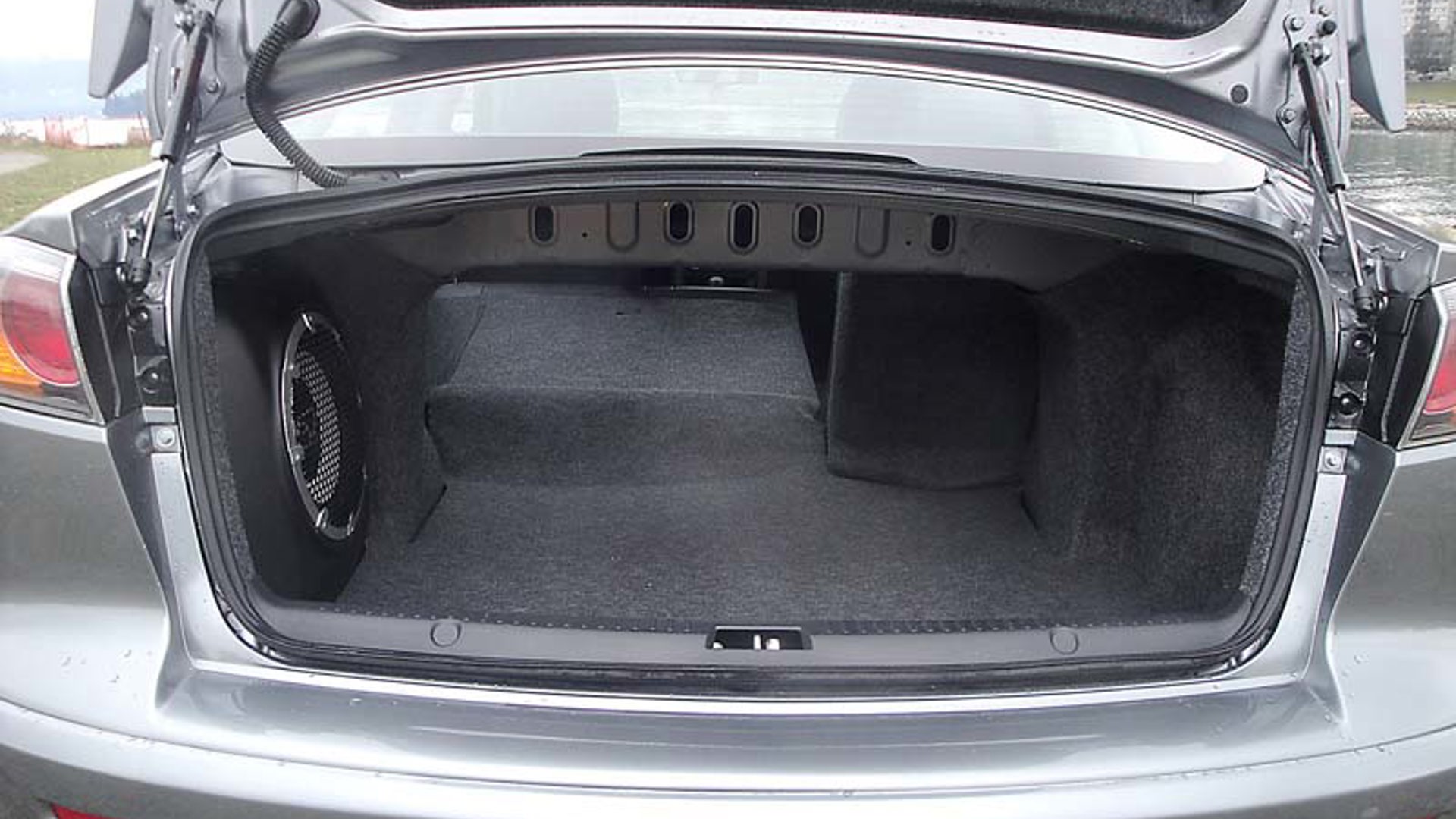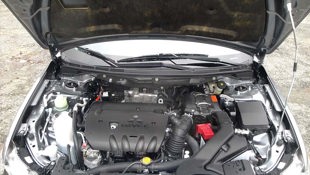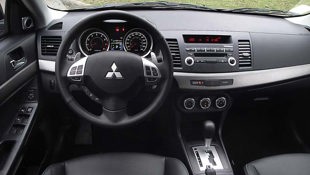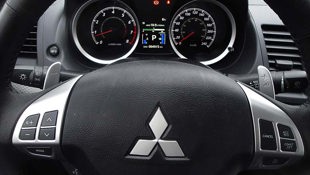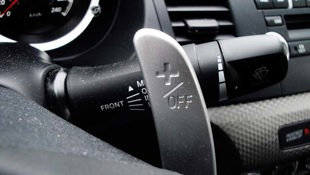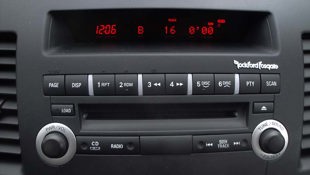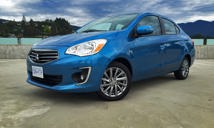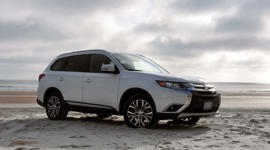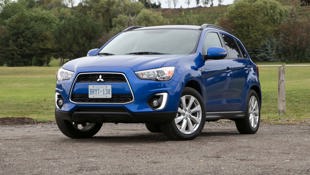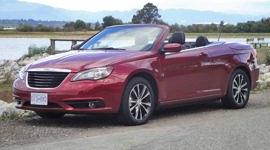Vehicle Type
Pleasing handling reflexes, strong safety ratings, solid performance, and overall value.
Compact sedan/hatchback
History/Description
With appealing pricing, unbeatable warranty coverage and good driving manners, the Mitsubishi Lancer has found homes in thousands of Canadian driveways. The latest generation of the Japanese brand’s small car was available from 2008 to 2017 – after which point the model was discontinued to help Mitsubishi focus more closely on more popular crossover models.
Throughout its (very) lengthy lifespan, this generation of Lancer was available as a sedan or hatchback, available with front- or all-wheel drive (AWD), and even available in various high-performing variants, including the Ralliart and Evolution. For this feature, we’ll focus specifically on the more common mainstream Lancer models.
We’ve previously covered the Lancer in a used car guide some years back (the original story can be found here), and today, we’ll expand and enhance the information from that original guide with the latest reports from the owner’s community, and some input from our network of automotive repair experts.
Key draws to the used Lancer include relatively solid reliability, good pricing, decent feature content bang for the buck, and the likelihood that you’ll find a used model that still carries a good portion of its lengthy 10-year warranty (more on that below).
Feature content included automatic lights and climate control, heated leather, sunroof, premium stereo and lighting provisions, steering-wheel-mounted controls, a full driver computer, Bluetooth, and more.
Engines
Under the hood, look for four-cylinder power all around. Many models ran a 2.0-litre four-cylinder, good for about 150 horsepower. Higher-end power came from the larger 2.4-litre four-cylinder, which generated closer to 170 hp. A five-speed manual transmission was available, as was a continuously variable transmission, or CVT.
If you’re after a model with Mitsubishi’s “AWC” AWD system, search for a Lancer SE AWC – but note that they only come with the CVT transmission. The Lancer was also available in other trim levels, including the GT, GTS, and ES. If you’re after a sportier experience and more high-end content, the GTS or GT models should be on your radar.
What Owners Like
Lancer drivers often report pleasing handling reflexes, strong safety ratings, solid performance, and overall value as key factors in their satisfaction. Mileage, on-board space, and a laid-back highway ride are also noted.
What Owners Dislike
Some owners wish for less wind noise at higher speeds, a smoother ride on some models (typically the sportier variations), and for better interior lighting after dark. Others wish for more upscale materials, citing a cheap and plasticky feel to certain parts of the interior. Sportier drivers will do best with a model with the manual transmission, as numerous drivers report lazy and sluggish acceleration from models with the fuel-saving CVT transmission.
Pro Tip: Confirm the Warranty Coverage
As with any newer used car (and especially one with a lengthy warranty period), shoppers are advised to avoid buying a used model that isn’t available with full service records. The seller of a used model exclusively serviced by a single dealer or shop may be able to obtain all service records from that establishment by asking for them. If full service records covering the entire life of the vehicle are not available, you may not be able to meet an important warranty requirement: proving that all maintenance, inspections, and fluid changes have been completed on time. If the used Lancer you’re considering is not available with full service records, assume its remaining warranty is void until you have proof to the contrary. Contact a service advisor at a Mitsubishi dealership for the specifics.
Note that the much-advertised 10-year powertrain warranty is valid only for the original owner of the vehicle; subsequent owners are covered instead by the five-year "new vehicle" warranty. Translation? If the unit you're looking at has any powertrain issues, make sure all necessary work is completed before you sign any paperwork.
Pro Tip: Check the Maintenance
Here’s one of several discussions where owners question the maintenance intervals of their Lancer, and the fluids and parts required to service it. Clear, complete lists of parts, fluids, and procedures for servicing the Lancer are provided in the back of its owner’s manual. Do not buy a used Lancer from somone who has skipped or stretched any maintenance, and note that use of non-factory fluids and filters may void remaining powertrain warranty coverage. This is another reason to ensure you inspect all service records before you buy.
The Test Drive
This generation of Lancer seems to have fared well where reliability is concerned – and the owner’s community says that’s in no small part to the lack of significant changes to the vehicle, its powertrain, or its electronics, over the years. Lancer launched 11 years ago, and has remained largely unchanged since. If you’re a fan of driving something that keeps things simple and leaves well enough alone for the sake of long-term reliability, this machine should do you nicely.
Of course, since the Lancer is a machine built of parts and components, numerous pre-purchase steps and checks are still advised.
Start with the paint. Numerous owners have reported paint that seems thin, weak, and becomes scratched, chipped and otherwise damaged more easily than expected. Numerous owners have tried, with varying degrees of success, to have paint-related problems repaired under warranty. Here’s some more reading.
Note that some colours seem more prone to damage than others, but many variables are at play. The gist? Check the more vulnerable parts of the Lancer’s body for signs of paint damage (the hood edge, and lower doors / fenders / rocker panels are most suspect), and call any issues you note into your pricing negotiations.
Remember that damaged paint can quickly lead to rust, and that any “down to the metal” chips or scratches should be repaired as quickly as possible to prevent it.
Finally, inspect the lower, inner edges of the doors, and hatch (or trunk) for signs of rust formation. Gently “peel” weather-stripping away for a closer look – rust often likes to hide beneath these rubber pieces.
Before your test drive, scout the area and track down the roughest road you can find. You’ll use it to coax any telltale sounds and sensations out of the unit’s suspension.
Next, drive down this road in the Lancer you’re considering, with the stereo and heater fan off, and your ears wide open. A healthy suspension system that’s in good shape will handle roads like this without unwanted banging, clanging or popping sounds from beneath the vehicle.
If the Lancer you’re considering makes sounds like this, and especially if you “feel” any of those sounds through the floor of the vehicle (or your seat), assume some suspension work is in your immediate future. Have a technician assess the suspension before you buy, or move to another unit. Higher-mileage units are more suspect.
Some owners have reported issues with smoothness, response, and driveability from the Lancer’s available CVT transmission. Others have not. On your test drive, take any clumsiness, failure to accelerate in a timely fashion, harshness, slamming or jerking sensations, or general sloppiness as a sign to have the transmission inspected by a dealer technician. Often (but not always), problems like this can be remedied with the use of revised transmission control software, which is a relatively easy and inexpensive fix. Here’s some more reading. More information here.
On a related note, confirm that the CVT transmission in the Lancer you’re considering has only been serviced previously in a dealer setting, for maximum confidence. Use of improper fluids or fluid-change procedures outside of a dealer setting can cause damage or problems that won’t be covered by warranty.
A software update may also be required if the Lancer you’re considering seems sluggish or slow to start its engine, after you press the engine start button. Fixing this problem, if detected, may require a dealer software update, a new ignition system relay, or reprogramming of the smart key fobs.
Here’s a list of recalls. You can check if any of them apply to the vehicle you’re considering by looking up its VIN on the Mitsubishi website.
Two final notes.
First, my research shows a trend towards fewer reports of trouble and issues on later models in this generation – suggesting that Mitsubishi may have corrected some (or many) of the above during production over the years. Translation? Splurging on a newer model from this generation may be worth the extra cost for many shoppers.
Finally, if the Lancer you’re considering is running towards the end of its warranty, be sure to report any warranty-covered issues or concerns you have to a dealership, for documentation, as soon as possible. This can help speed future warranty claims, if they’re required.
Verdict
Most of Lancer’s commonly-reported issues should be easy to detect on a test drive, and most are reported with insufficient frequency against total sales volume to warrant much worry. Your best steps towards a trouble-free purchase are to have a Mitsubishi technician inspect the car for issues before you buy, and to confirm that any remaining warranty coverage is intact (by examining service records) before you buy. The vast majority of owners report few if any issues – and a car that’s served their needs and budget nicely.
Safety Ratings
IIHS: Top Safety Pick (2008–2015)
NHTSA: 4/5 Stars (2015)
